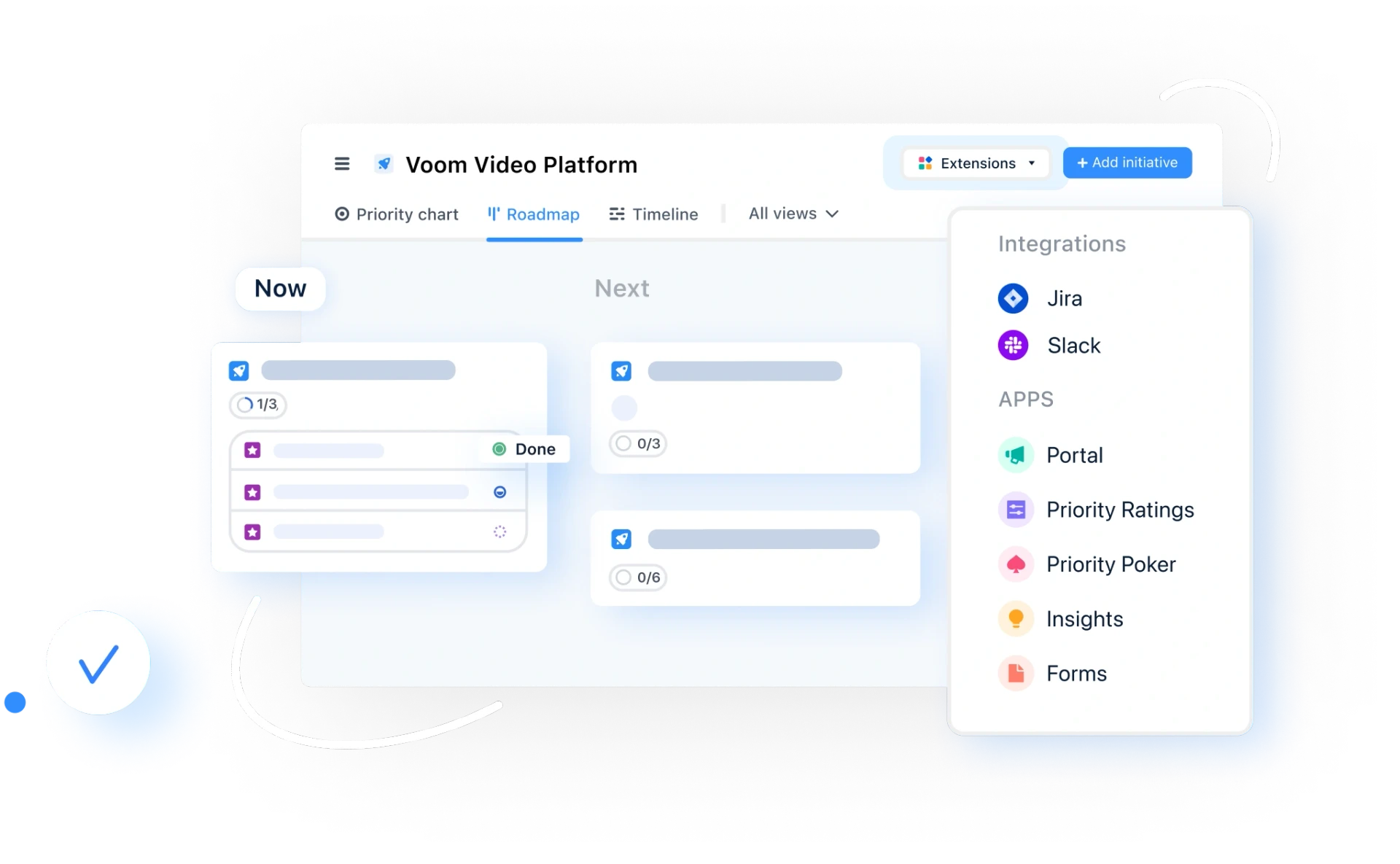“Great product leaders steer like sailors, not speedboats”: Lucid CPO Dan Lawyer

Product leaders are under constant pressure to chart a clear path forward – but when the only constant is change, with shifting markets, evolving customer expectations, and internal goals, how do you align your team on direction? Lucid Software’s Chief Product Officer Dan Lawyer offers a metaphor that reframes how we think about product strategy and product roadmap disruption, direction, and progress. “A business is like a sailboat, not a speedboat,” he says. “A speedboat has its own power; it can just go someplace. But a sailboat must make a series of tacks to harness the energy of the wind.” This isn’t just a colorful analogy. It is a clear-eyed call to embrace change – not as a detour, but as a disciplined and necessary part of how businesses move forward. Dan’s sailboat framework doesn’t just explain why change happens – it offers product leaders a mental model for how to lead through it with purpose, clarity, and momentum. Because in business, as in sailing, those who insist on a straight line are often the first to stall – or the last to arrive at their desired destination. “When we change, when we pivot, when we change objectives or we reorganize teams… it, absolutely, is disruptive. It used to drive me crazy,” he admits. “But I learned a framework and a model that helped me understand it as being actually a helpful and desirable part of how a business runs.” Forward progress is not about brute force or unwavering adherence to a single course. Instead, it’s about the artful combination of enduring values (the keel) and adaptive strategy (the sail), all guided by leadership (the rudder) that knows when and how to tack.
The wind: Represents market forces and trends – uncontrollable, ever-shifting, and often unpredictable.
The keel: Symbolizes the enduring mission, culture, and core values – those non-negotiable elements that provide resistance and stability.
The sail: Stands for strategy and roadmaps – the elements that must be constantly adjusted to maximize momentum.
The rudder: Leadership and executive decision-making – guiding and steering the organization.
Tacking: The strategic pivots and resource reallocations necessary to take advantage of changing winds.
The destination: The long-term vision or 'Big Hairy Audacious Goal' (BHAG).
Why timing and momentum matter
The frequency and execution of pivots matter deeply. “If you tack too frequently, you’ll lose momentum. Or if you take too much time when you’re making the switch, you’ll lose momentum. It’s about getting these strong streams of momentum, maximizing and minimizing any loss of momentum when you make the next tack,” he explains. This is not just theoretical.
Research from McKinsey shows that companies that reallocate resources proactively – rather than reactively – outperform their peers by up to 30% in total returns to shareholders over a decade. Yet, only 20% of executives say their organizations do this well, often citing disruption and loss of focus as barriers (Resource Reallocation 2.0, 2023).
The perils of stasis
The analogy also warns against the temptation to “sail directly into the wind.” In sailing, this is a recipe for stalling. In business, it’s the equivalent of ignoring market realities or failing to adapt strategy in the face of new information. “If you don’t harness the winds in this way… you’re going to fail. You have to use these things together.” This is echoed by data from Gartner, which found that 63% of product leaders who failed to adapt their strategies in response to market shifts saw declining product performance within two years. For senior product leaders and their teams, the message is clear: Embrace the disruption. Understand that pivots, reorganizations, and shifting objectives are not symptoms of dysfunction – they are signs of a business attuned to its environment and committed to long-term success. “When you see us making pivots as a business, that’s what we’re doing – we’re figuring out how to create the most forward momentum given the prevailing winds.” In a world where the only constant is change, the most effective leaders will be those who can read the wind, trust their keel, and tack with purpose – and the most agile and successful product teams, those that expect and respect the need for action.
Emma-Lily Pendleton
Read also



Create effective product strategy

Experience the new way of doing product management




